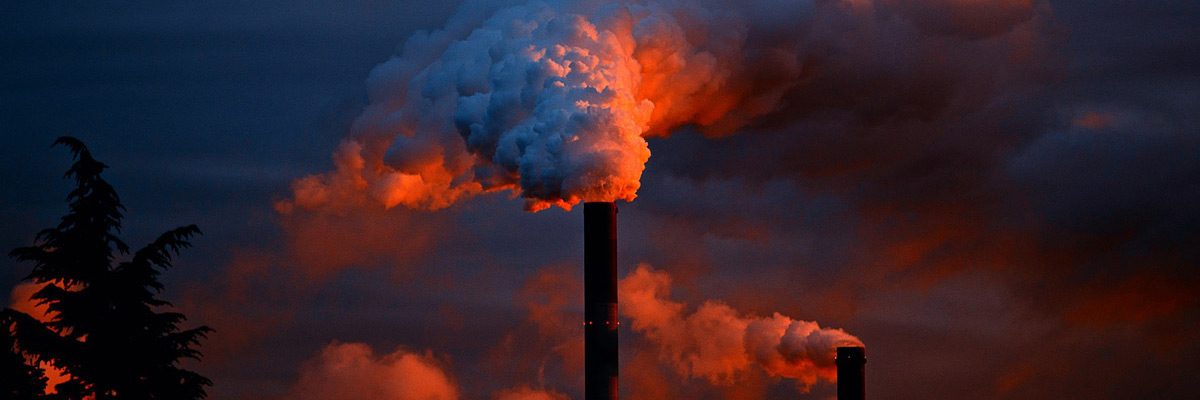More next Fall. HAHA Took me three extra months to return. Sorry did not EVEN think about posting until now.
First, of let me say I am now cancer free. Second, let me say that taking a break away from posting because of the cancer and the cancer treatment left me fairly lazy, so it is tough getting back to writing these posts. The thought has occurred to me that I might retire at the end of the year. Anyway it is good to be back for now. So without further adieu:
In one tiny German town, nobody worries about energy bills
FELDHEIM, Germany (AP) — Europeans are opening their energy bills with trepidation these days, bracing for hefty price hikes as utility companies pass on the surging cost of natural gas, oil and electricity tied to Russia’s war in Ukraine. Many are trying to conserve by turning down the heat and shutting off lights this winter.
Not so the people of Feldheim, population 130.
Located about an hour and a half south of Berlin, this modest but well-kept village has been energy self-sufficient for more than a decade.
A bold experiment launched in the mid-1990s saw Feldheim erect a handful of wind turbines to provide electricity to the village. Then it built a local grid, solar panels, battery storage and more turbines. A biogas plant put up to keep piglets warm was expanded, providing extra income to the farmers’ cooperative, which pumps hot water through a village-wide central heating system. A hydrogen production facility is also under construction.
Come on! If a little tiny town can do it, we all can.
:}
Go there and read. More next week.
:}




